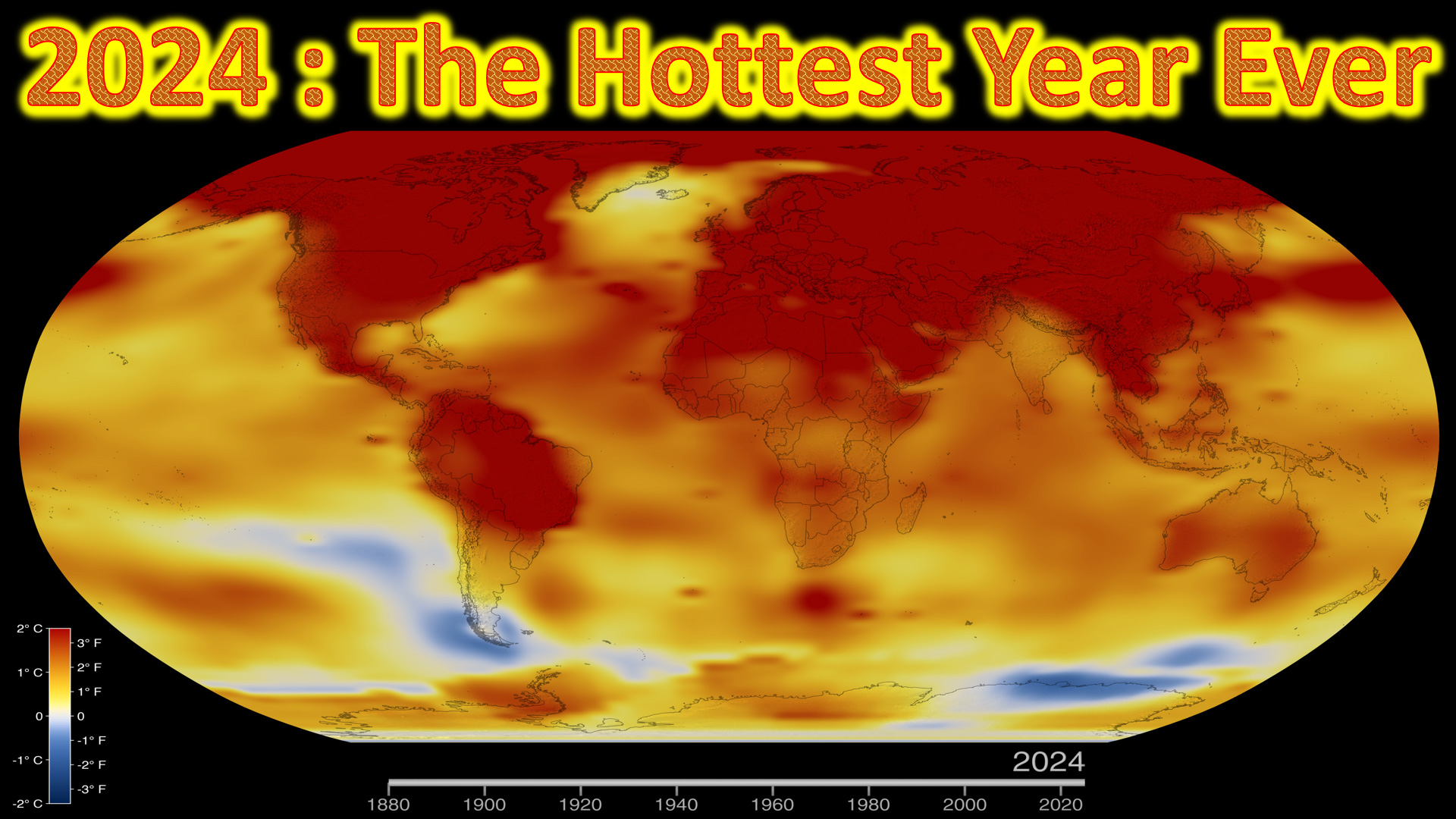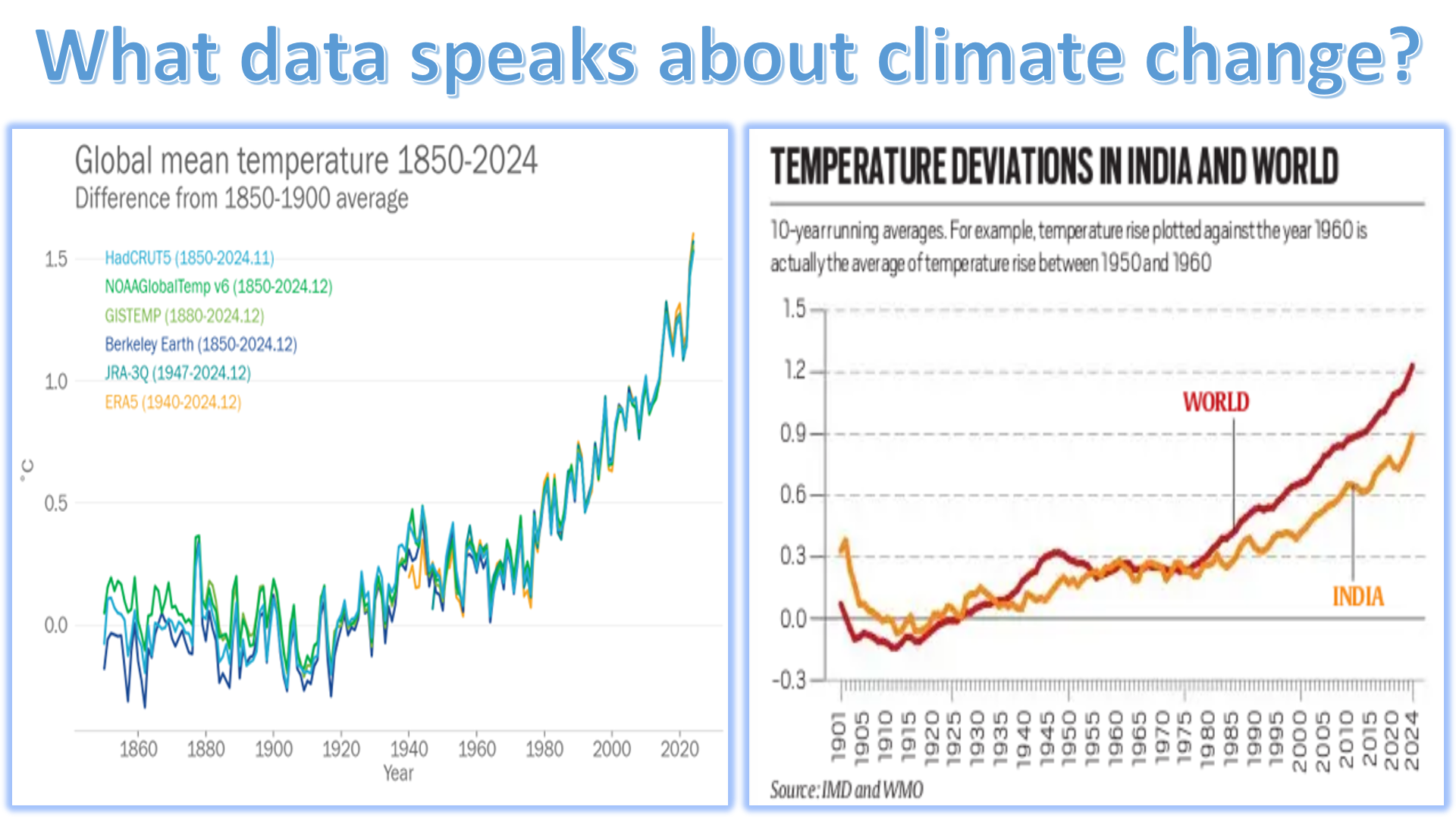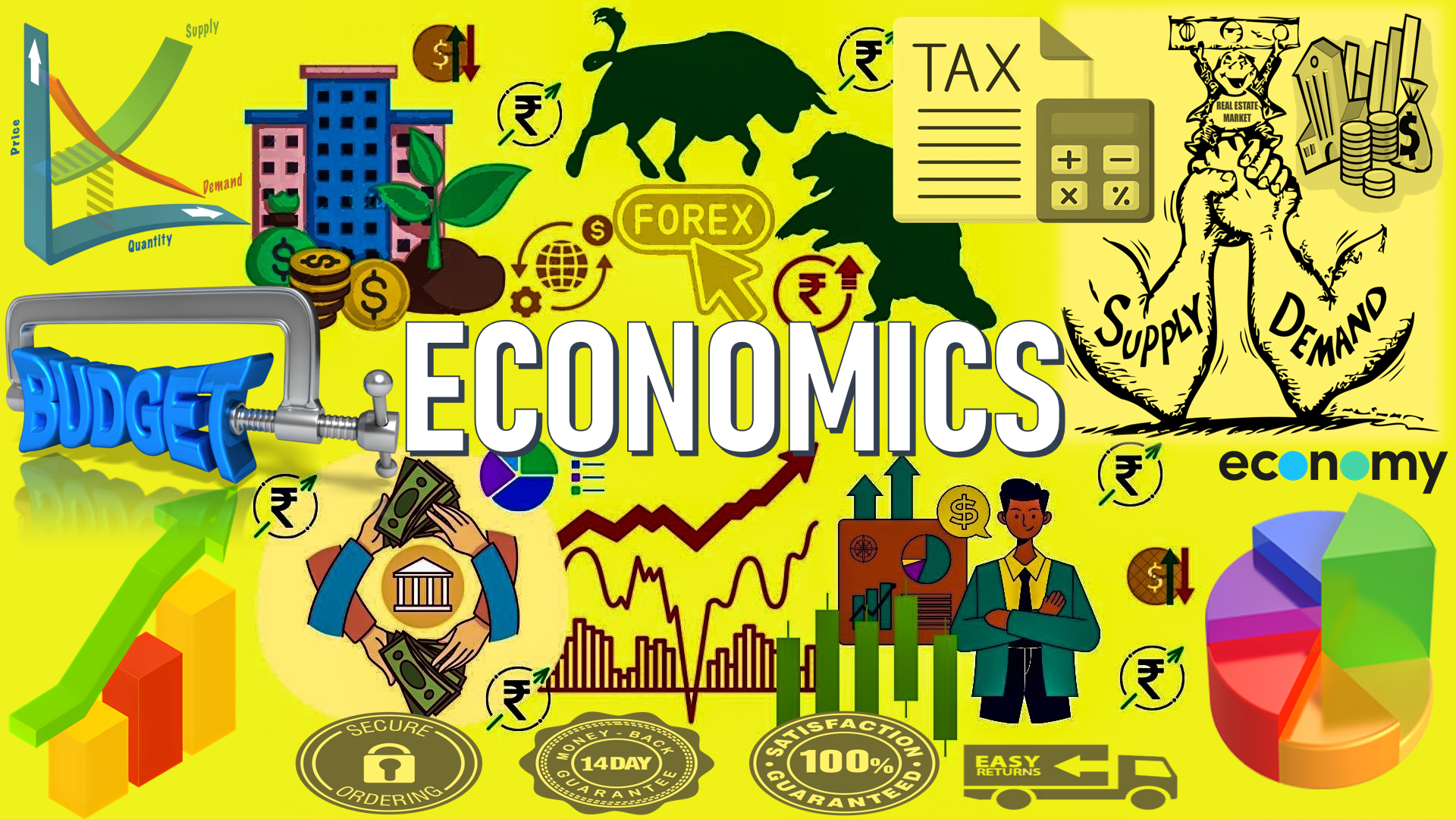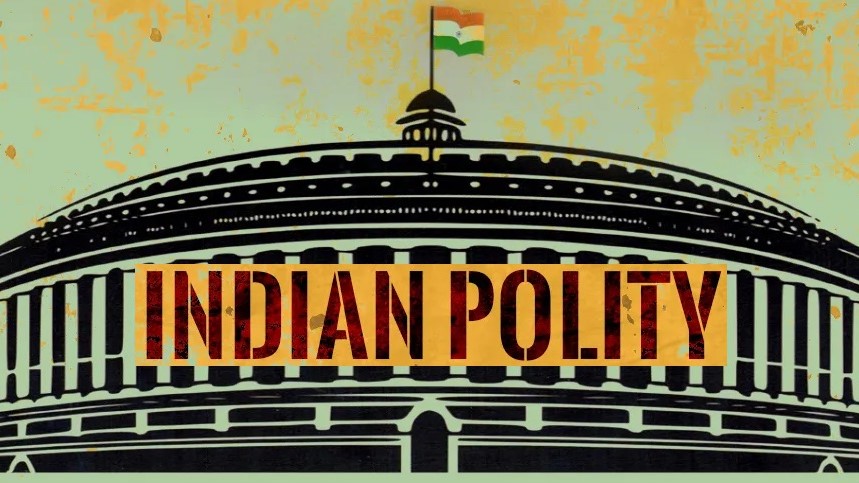2024, We Crossed the Climate Red Line. Is It Too Late to Save Our Mother Earth? | (Thu 02 Jan 2025 05:07)

The year 2024 has gone down in history as the hottest year ever recorded, serving as a dire warning about the escalating climate crisis. The relentless heatwaves, raging forest fires in the United States, and other extreme weather events have brought the realities of global warming into sharp focus. According to the European Union’s Copernicus Climate Change Service, the global average temperature in 2024 was 1.6°C higher than pre-industrial levels, surpassing the previous record set in 2023. This alarming statistic underscores the urgent need for transformative action.
The Stark Reality of Global Warming
Global surface temperatures in 2024 exceeded the 20th-century baseline (1951–1980) by 1.28°C. NASA scientists estimate that for over half of 2024, the Earth’s average temperature exceeded 1.5°C above the mid-19th-century baseline. This marks a critical moment in the climate narrative, as the Paris Agreement’s goal to limit warming to 1.5°C appears increasingly elusive.
The World Meteorological Organization (WMO) reported that the global mean surface temperature in 2024 was 1.55°C above pre-industrial levels, with a margin of uncertainty of ±0.13°C. This surpasses historical averages and brings us closer to conditions reminiscent of the Pliocene Epoch, approximately three million years ago, when global temperatures were 3°C higher, and sea levels were significantly elevated.

Key Drivers of the Crisis
The primary driver of this unprecedented warming is the accumulation of greenhouse gases, particularly carbon dioxide (CO2) and methane. Atmospheric CO2 levels have risen from approximately 278 parts per million (ppm) in the pre-industrial era to over 420 ppm today. This sharp increase, driven by fossil fuel combustion, deforestation, and industrial activities, has intensified the greenhouse effect.
Record increases in CO2 emissions in 2022 and 2023 have exacerbated the warming trend. Additionally, the strong El Niño event that began in late 2023 amplified global temperatures, while factors such as the January 2022 Tonga volcanic eruption and reduced aerosol pollution may have further influenced climate dynamics. Reduced aerosols, which scatter solar radiation, may have contributed to increased warming by altering cloud cover and enhancing the absorption of solar energy.
India: A Complex Climate Narrative
In 2024, India experienced its hottest year since records began in 1901, with an average temperature of 25.75°C, surpassing the previous record set in 2016. This unprecedented heat was driven by a combination of human-induced climate change and the natural El Niño phenomenon, which together intensified global temperatures.
However India, while experiencing a comparatively lower warming rate of 1.2°C, could not able to remain insulated from the impacts of climate change. The country’s geographical location near the equator and unique atmospheric conditions, including higher aerosol concentrations, have moderated temperature increases. However, these factors should not be mistaken for immunity.
The Asian Development Bank projects a 24.7% GDP decline in India by 2070 under high-emission scenarios. Climate change threatens to unleash a cascade of disasters, from floods and droughts to health crises, food insecurity, and economic disruptions. Coastal cities like Kolkata and Mumbai are particularly vulnerable to sea-level rise, tropical cyclones, and riverine flooding. The albedo effect, driven by Arctic ice melting, is exposing darker surfaces that absorb more heat, accelerating global warming and amplifying climate impacts worldwide.
The Global Mitigation Challenge
The UNEP’s October 2024 assessment highlighted that to stay below the Paris Agreement’s 1.5°C threshold, global emissions must drop by 42% of 2019 levels within the next decade. Yet, current pledges under the Paris Agreement aim for only a 10% reduction by 2030. This stark gap underscores the inadequacy of current commitments and the need for bolder action.
A Call to Action: Mitigation and Adaptation
1. Strengthening Climate Policies
Governments must adopt ambitious Nationally Determined Contributions (NDCs) that reflect the urgency of the climate emergency. The impasse at CoP29 in Baku over UNFCCC oversight of NDCs highlights the challenges of global cooperation. Overcoming these roadblocks is essential to ensure transparency and accountability in climate commitments.
2. Transitioning to Renewable Energy
Transitioning to renewable energy is critical for reducing emissions. India, with its vast solar and wind potential, must accelerate its shift away from coal. Investments in energy storage and grid modernization will ensure a reliable and sustainable energy supply. Globally, renewable energy deployment must outpace fossil fuel expansion to achieve meaningful emissions reductions.
3. Scaling Carbon Capture and Storage (CCS)
Carbon capture and storage technologies offer a pathway to mitigate emissions from hard-to-decarbonize sectors. Innovations in carbon sequestration, such as reforestation and soil carbon enhancement, can complement technological solutions.
4. Building Climate-Resilient Infrastructure
Urban planning must integrate climate resilience, particularly in vulnerable regions. Coastal cities like Mumbai and Kolkata need flood barriers, elevated infrastructure, and sustainable construction practices to withstand the impacts of rising sea levels and extreme weather events.
5. Promoting Global Cooperation
Climate change is a global problem that requires a united response. The Paris Agreement’s framework must be strengthened to hold nations accountable for their commitments. Collaborative initiatives, such as the International Solar Alliance, can accelerate the transition to a low-carbon economy.
6. Empowering Local Communities
Local communities play a vital role in climate adaptation. Initiatives like water conservation, sustainable agriculture, and decentralized renewable energy projects can empower vulnerable populations. Education and awareness campaigns can foster grassroots action and resilience.
The Economic Imperative
The costs of inaction far outweigh the investments needed to address climate change. According to the Global Commission on Adaptation, investing $1.8 trillion in climate resilience over the next decade could yield $7.1 trillion in net benefits. These investments include early warning systems, resilient infrastructure, and climate-smart agriculture.
For India, leveraging its G20 presidency to drive global climate action is a strategic opportunity. Domestically, promoting green jobs, fostering innovation, and enhancing climate education will support a just transition to a sustainable future.
Looking Ahead to 2025
While 2025 may not surpass 2024 as the hottest year, the long-term warming trend remains clear. Policymakers must resist interpreting temporary slowdowns as relief. The UK Met Office predicts that 2025 could rank among the hottest years on record, emphasizing the need for sustained action.
India’s leadership in renewable energy deployment and climate resilience can serve as a model for other nations. By aligning economic growth with sustainability, India can demonstrate that development and environmental stewardship are not mutually exclusive.
The Conclusion
The record-breaking heat of 2024 is a wake-up call that demands immediate and decisive action. The window to limit global warming to 1.5°C is narrowing, but it is not yet closed. Bold policies, technological innovation, and global solidarity are essential to chart a course toward a resilient and sustainable future. The stakes are immense, but so are the opportunities to build a better world for future generations.
The climate crisis is the defining challenge of our time. As we step into 2025, let this be the year that humanity unites to turn the tide. The choice is clear: act now or face a future defined by escalating disasters and irreversible damage. The time to act is not tomorrow - it is today.

Physics, Chemistry, Biology and Geography.

Computer Programming, languages & their frameworks.

Economics, Accounts and Management.

Reviewing old and new books.

Ancient, Medieval, Modern, World History.

Indian Constitution, Politics, Policies, etc.

Everything related to International Affairs.

For all humanities topics, except History & Polity.

Anything related to entertainment industry.

Mainly Cricket but other sports too.

CS, IT, Services & Corporate Sector.
Comments
No comments yet. Be the first to comment!
Leave a Comment